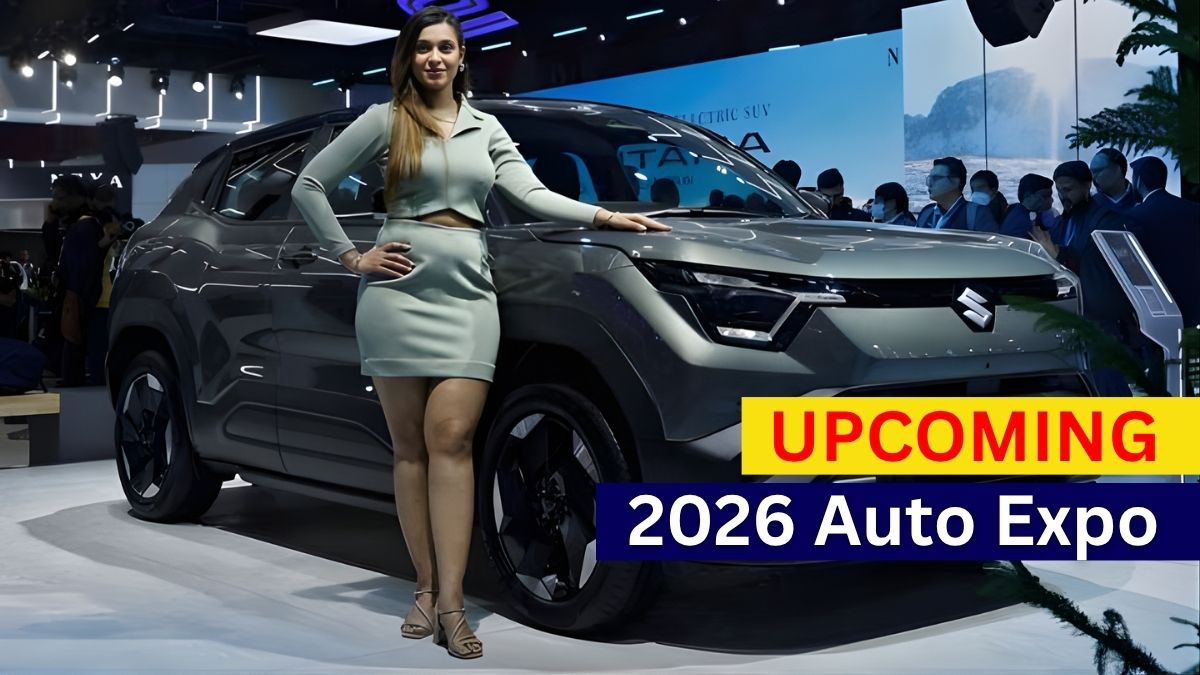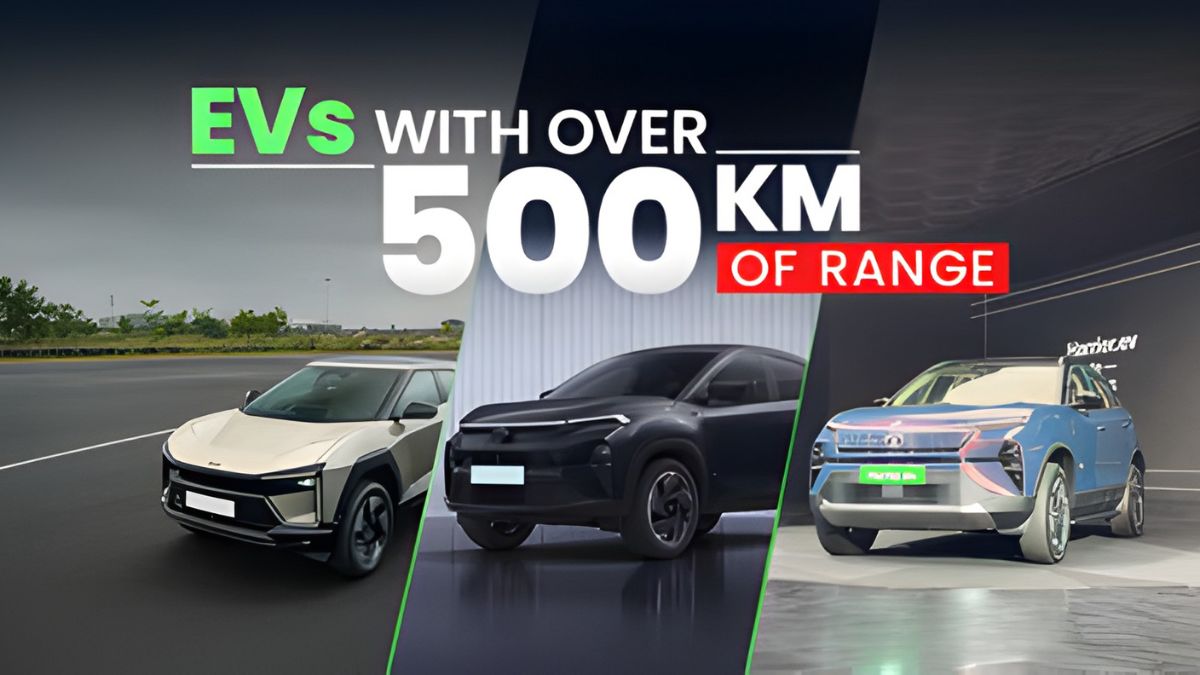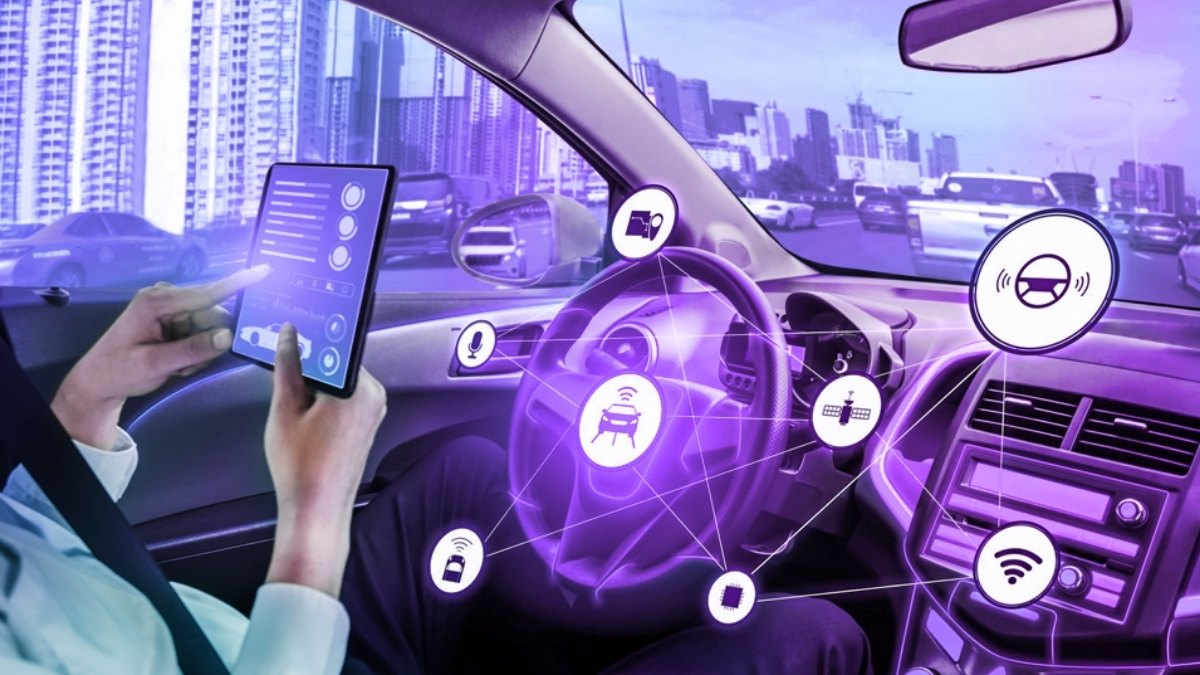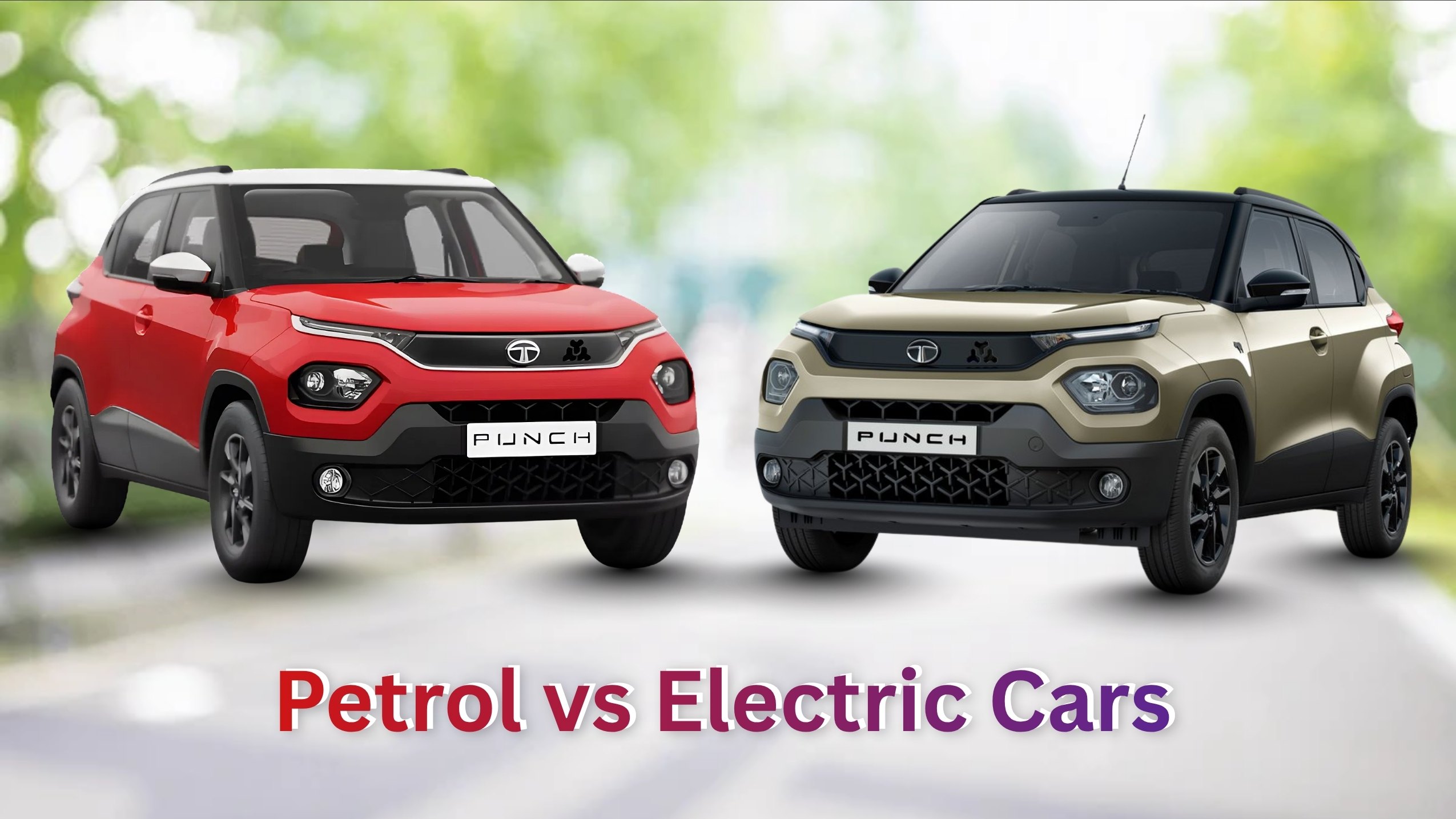Tesla's New 4680 Battery Cells Paving the Way for More Affordable EVs
- Electric-Cars
- 19 Aug, 2025
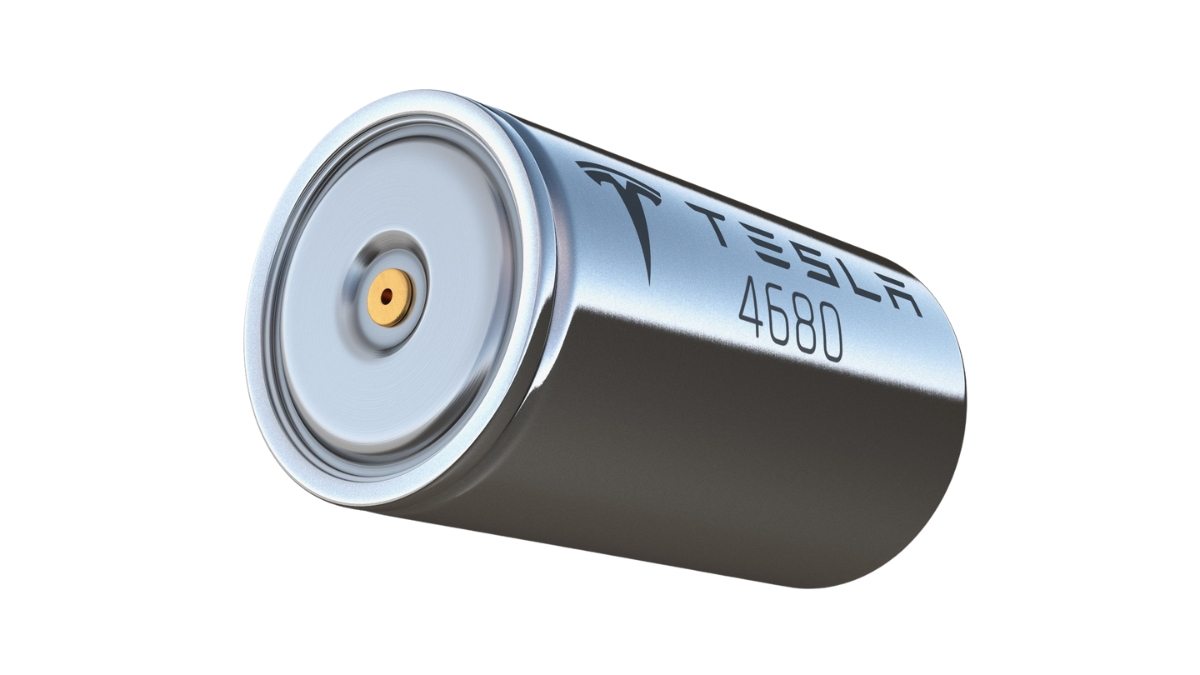
Tesla has once again shaken up the global EV landscape with its new 4680 battery cells, a breakthrough that promises not only enhanced performance but also significantly reduced costs. As the electric vehicle industry races toward mass adoption, this innovation could be the game-changer that brings EVs within reach of more consumers.
The Innovation Behind Tesla’s 4680 Cells
The 4680 battery cells, named after their dimensions (46mm wide and 80mm tall), represent Tesla’s leap in battery engineering. Compared to the previous 2170 cells, the new design offers:
- 5x more energy capacity
- 16% increase in vehicle range
- 6x more power output
Tesla has also adopted a tabless design, which lowers internal resistance, resulting in better heat management and faster charging speeds. Combined with simplified manufacturing processes, the 4680 cells are cheaper to produce, aligning with Tesla’s long-term goal of making EVs affordable for the mass market.
Cost Advantage and Mass Market Potential
One of the biggest challenges for EV adoption has been the high cost of batteries, which account for nearly 30–40% of the vehicle price. With the 4680 technology, Tesla claims a 56% reduction in cost per kilowatt-hour.
This directly translates to lower EV prices. The upcoming Tesla models, especially the much-talked-about $25,000 “Model 2”, are expected to be powered by these cells, making EV ownership accessible to millions worldwide.
Sustainability Benefits
Beyond affordability, the 4680 cells enhance sustainability. Tesla has reworked the battery supply chain to reduce reliance on cobalt, which has long raised ethical and environmental concerns. The company’s in-house recycling programs will also recover nickel, lithium, and other valuable materials, making production more circular and eco-friendly.
Industry Impact – Competitors Catching Up
Tesla’s announcement has sparked movement across the industry. Companies like Panasonic, CATL, and LG Energy Solution are working on their own large-format cells. Automakers such as Toyota, Hyundai, and Ford are also exploring solid-state and next-gen battery technologies to compete.
But for now, Tesla’s first-mover advantage could help it dominate the affordable EV segment and strengthen its leadership in global EV markets.
Why Choose Tesla’s 4680 Battery-Powered EVs?
- Affordable Pricing – Lower battery costs mean more budget-friendly EVs.
- Longer Range – Up to 16% better driving range compared to earlier Tesla models.
- Fast Charging – Tabless design supports quicker charging cycles.
- Eco-Friendly Production – Reduced cobalt usage and stronger recycling processes.
- Future-Proof Technology – Positioned for upcoming Tesla mass-market cars.
Conclusion
Tesla’s 4680 battery cells are more than just an engineering upgrade – they symbolize the company’s vision of making EVs the standard mode of transport. By lowering costs and improving performance, Tesla is paving the way for wider EV adoption and pushing the industry toward a greener future.
As the world prepares for a mass shift to electric mobility, the 4680 innovation could be the turning point that transforms EVs from premium to mainstream.
FAQs
Q1: What makes Tesla’s 4680 battery different?
The 4680 has a larger cylindrical design, tabless structure, better thermal management, and higher energy density.
Q2: Will Tesla’s 4680 cells make EVs cheaper?
Yes, Tesla projects up to a 56% reduction in battery costs, which should lower vehicle prices.
Q3: Which Tesla cars will get the 4680 batteries?
Initially, the Model Y from Giga Texas and the upcoming affordable Tesla ($25k Model) are expected to use the cells.
Q4: When will 4680 battery-powered cars be available?
Production is scaling up through 2025, with wider availability expected by 2026.
Q5: How does the 4680 impact EV sustainability?
It reduces cobalt usage, enhances recycling, and lowers the overall carbon footprint of EV production.
Latest Electric Car News
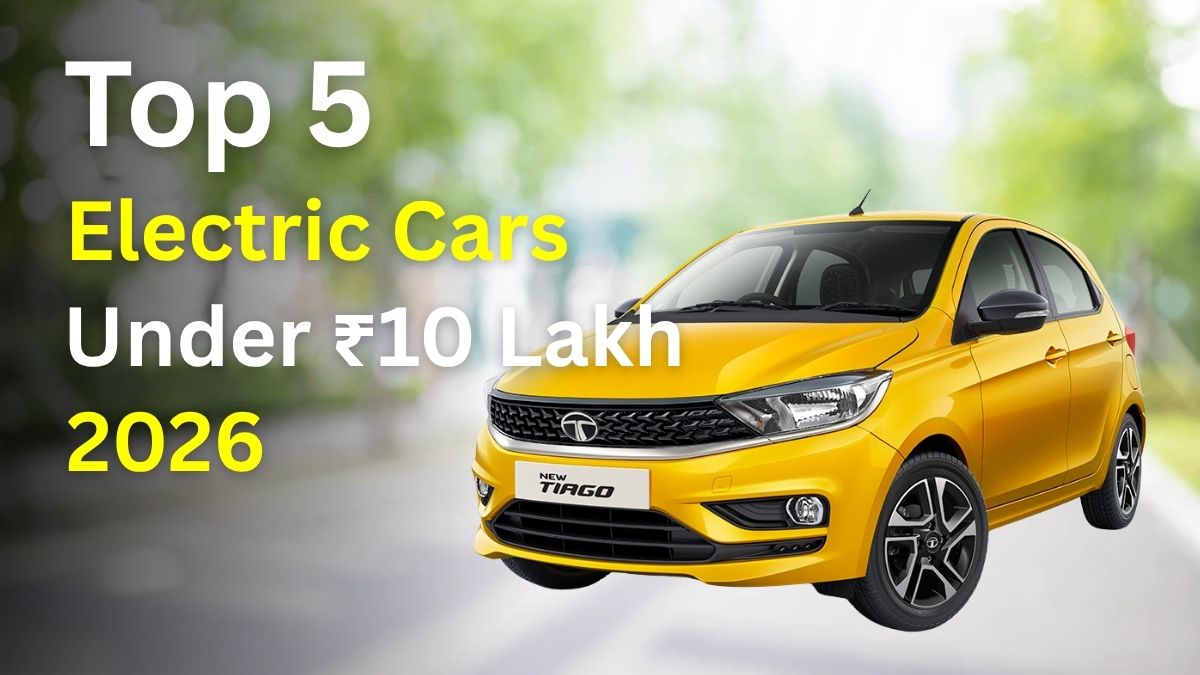

Hero MotoCorp’s Urban Micro-EV ‘Novus NEX 3’ Poised for India Launch Under Vida Brand
Hero MotoCorp’s Urban Micro-EV ‘Novus NEX 3’ Poised for India Launch Under Vida Brand
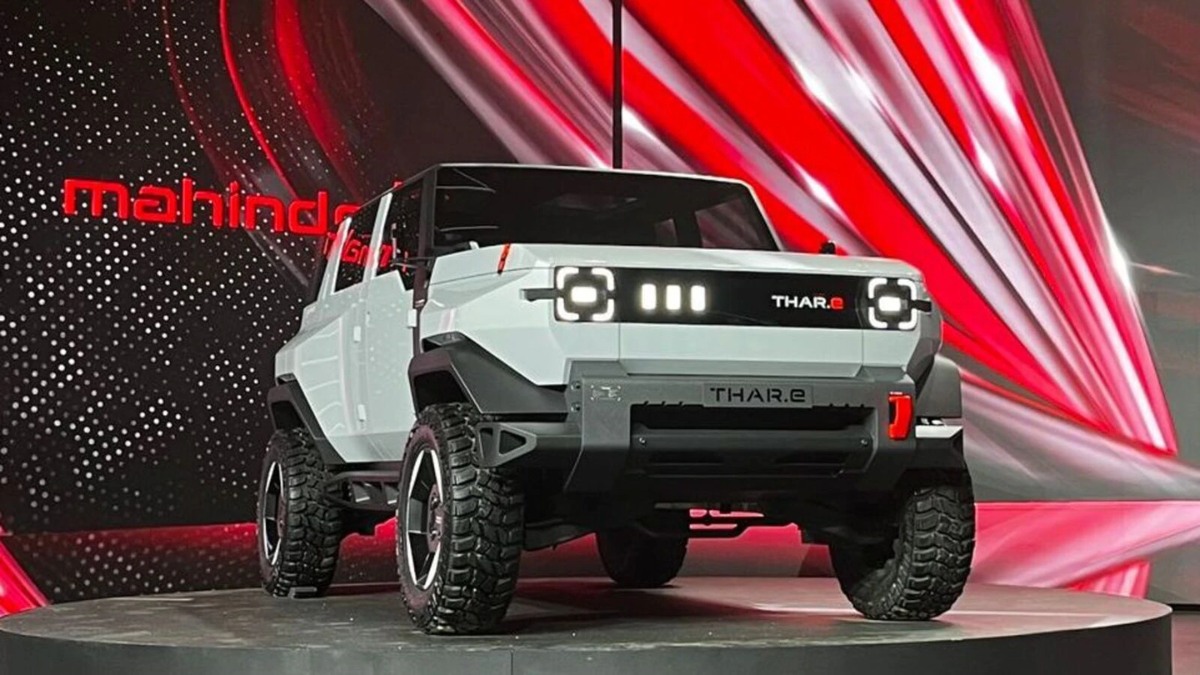
Mahindra Thar Electric India Launch – New Spy Shots Leak
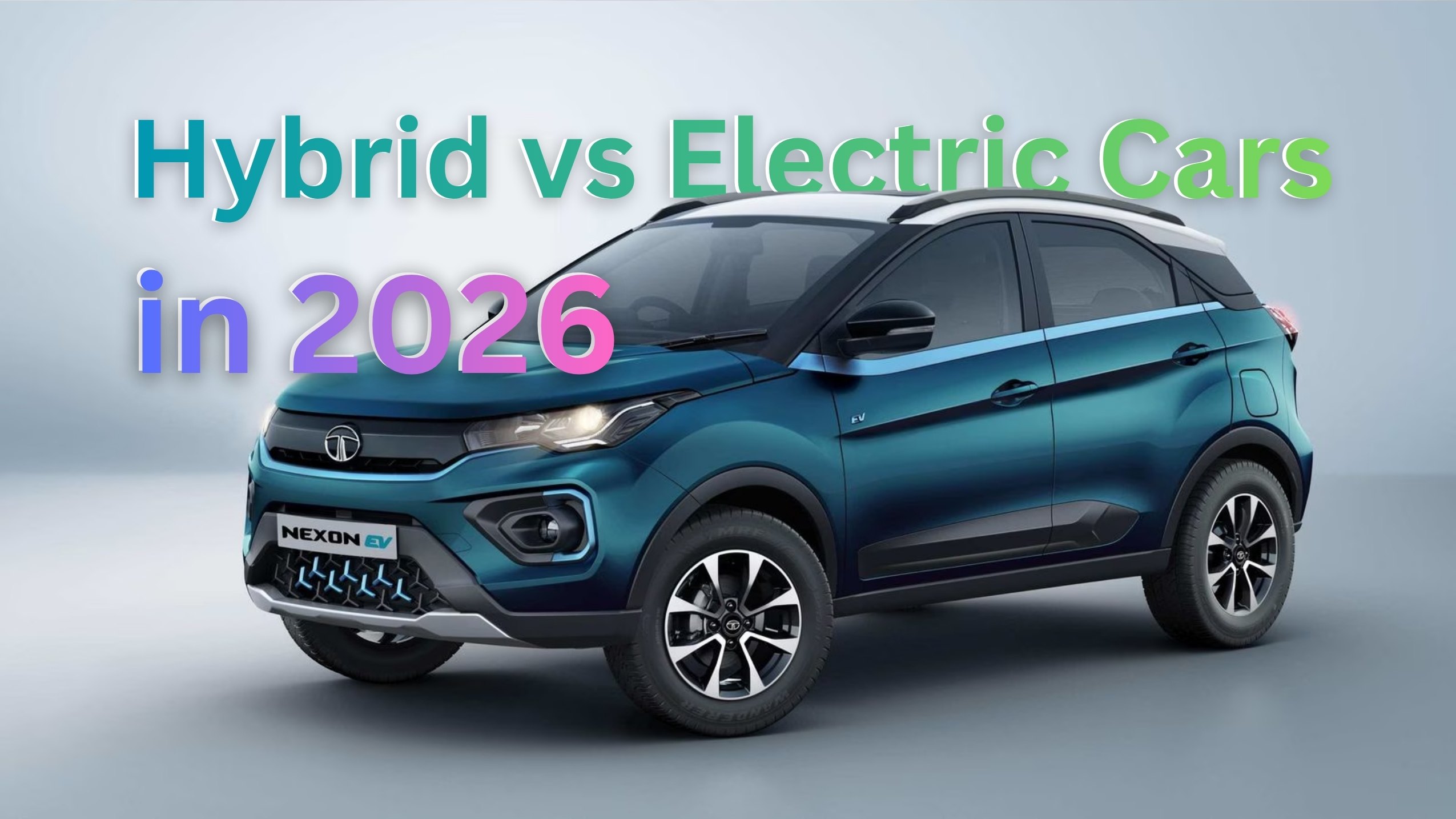
Hybrid vs Electric Cars in 2026 — Which Technology Wins for Indian Buyers?
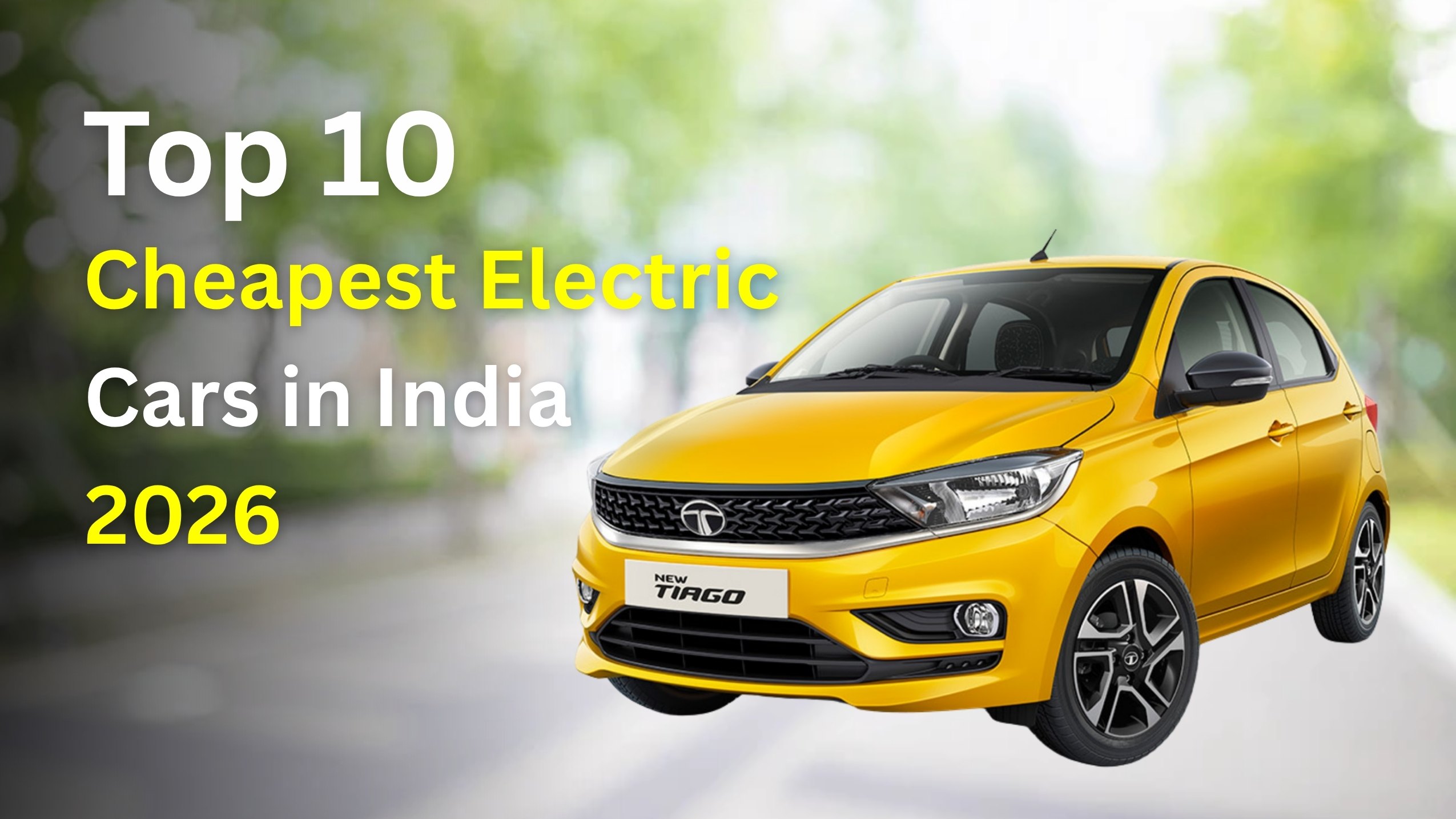
Top 10 Cheapest Electric Cars in India 2026 — Best EVs Under ₹10 Lakh!
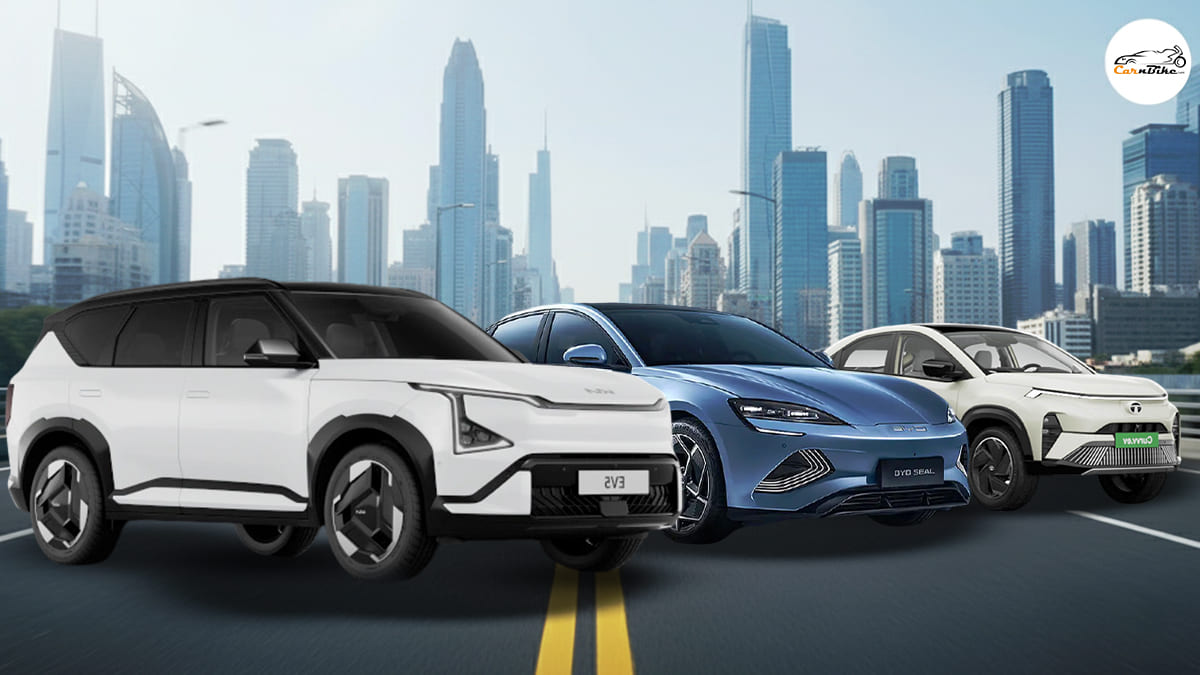
Top Electric Cars That Will Dominate Indian Roads in 2026
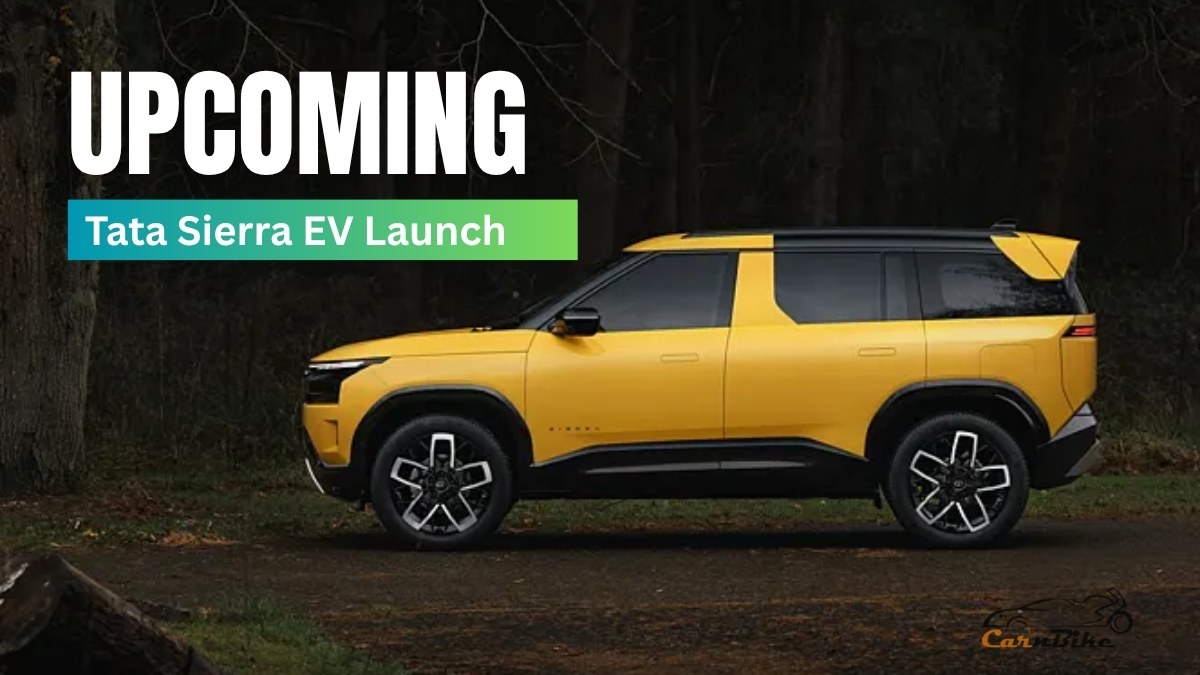
Tata Sierra EV Launch Timeline and Expected Pricing
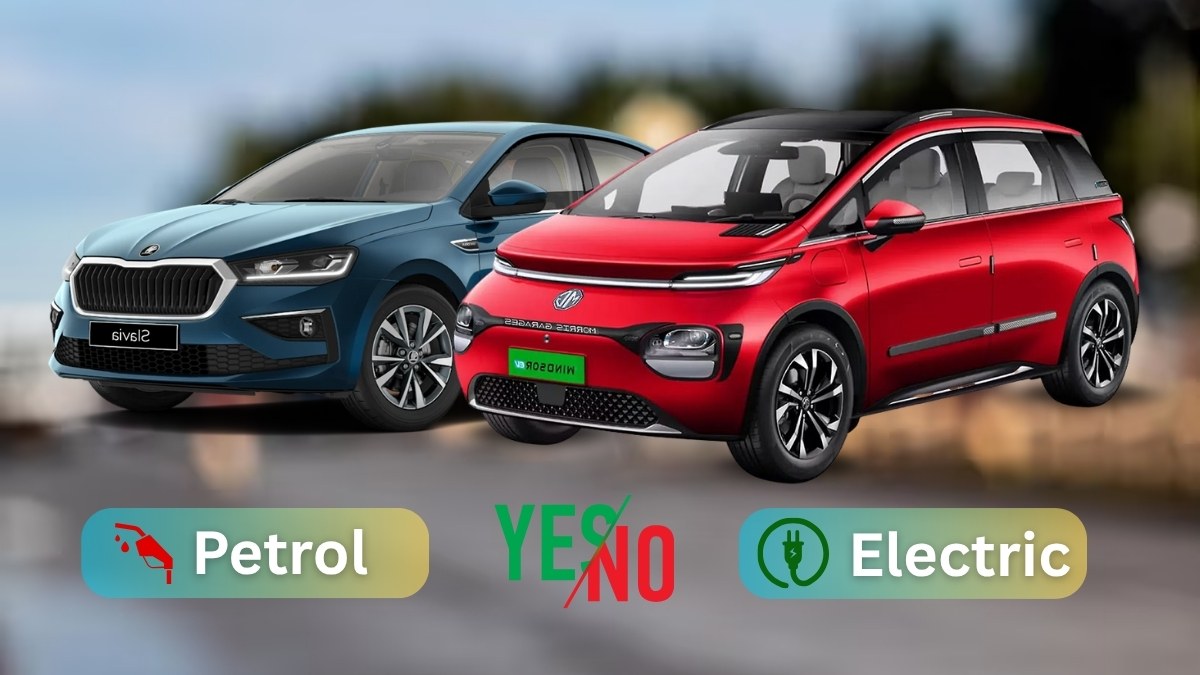
Electric Cars Are Booming — But Should You Still Buy Petrol in 2026?
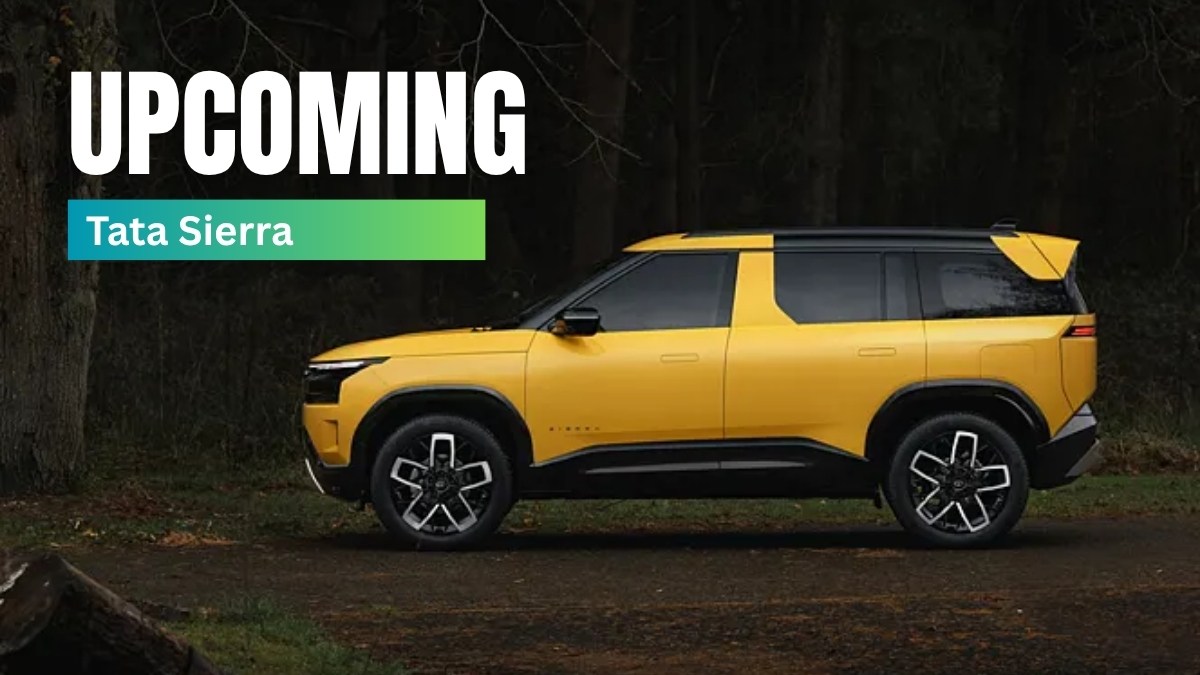
The Much-Anticipated Tata Sierra Is Back: Launching Late 2025 With ICE & EV Versions
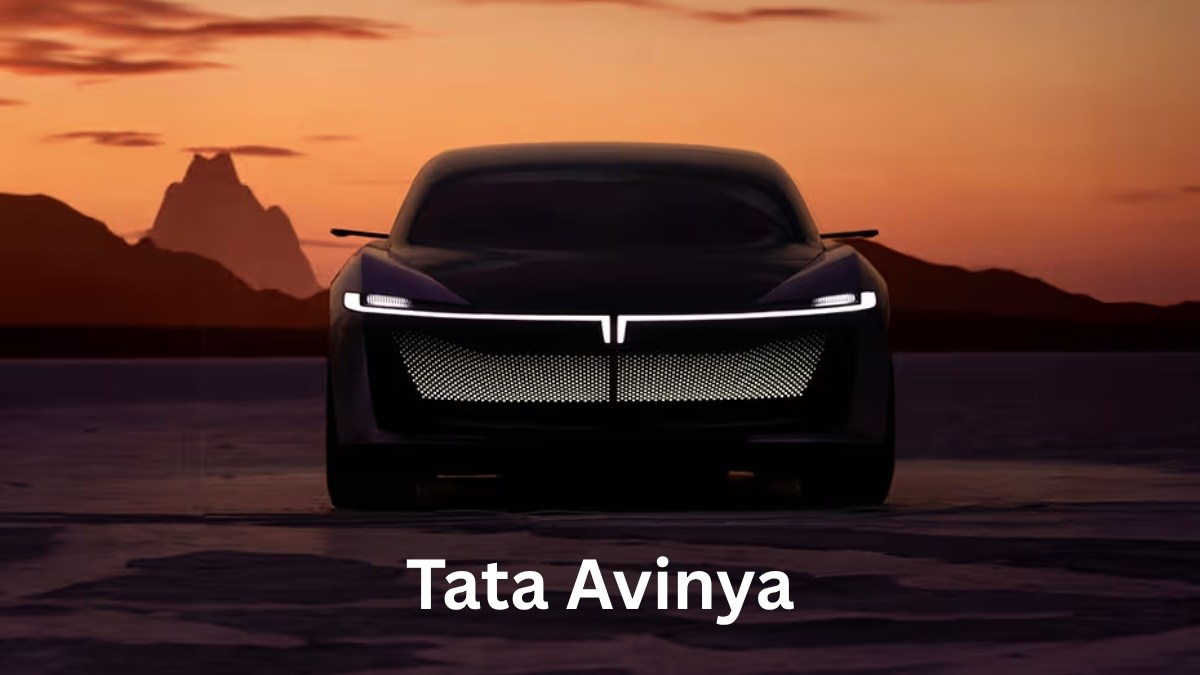
Delay in the Premium EV Launch: Tata Avinya Gets Pushed Back — What That Means for Tata’s EV Ambitions
